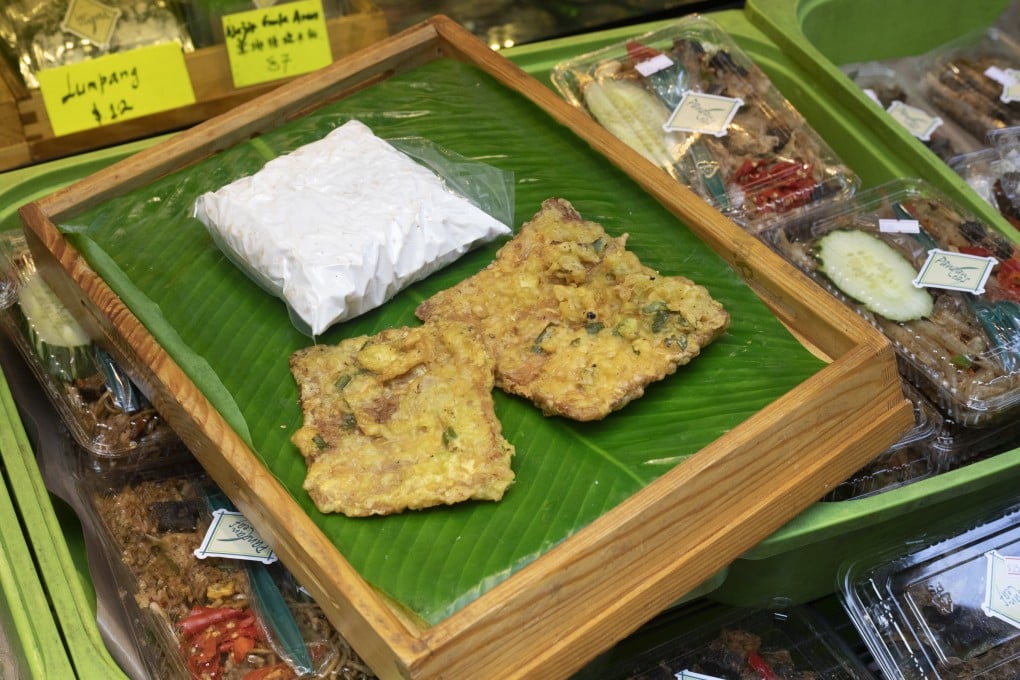Then & Now | How arrival of Indonesian domestic helpers enriched Hong Kong food choices
- Toko Indonesia, or Indonesia Shops, appeared in locations that housed an emergent Indonesian-Chinese émigré community in the1970s
- An increase in Indonesian migrant domestic workers from the 1990s has made authentic, affordable Indonesian food such as tempeh more widely available

Immigrant groups the world over create localised demand for their own foodstuffs, and Hong Kong is no exception. Over time, certain communities expand – the French influx over the past decade has brought with it a dramatic increase in French food items; prices have not, however, witnessed a comparative drop through increased availability.
Conversely, should an immigrant group decline in numbers – for whatever reason – unless local tastes have been significantly transformed through contact to stimulate demand, formerly readily available food items become increasingly hard to get.
In Malaya and Singapore, as resident European populations sharply declined by the late 1960s in the wake of decolonisation, certain foods (cheese, cream and other fresh dairy products, in particular, along with ham and bacon) became correspondingly harder to find – especially in upcountry areas. In a straightforward business decision, shopkeepers in smaller towns no longer stocked expensive, perishable items unlikely to sell before their expiry date.
In Hong Kong, Indonesian food items are a case in point, where changing demand in recent decades has dramatically stimulated supply. From the 70s, small shops known as Toko Indonesia (“Indonesia Shops”) began to appear in locations that housed an emergent Indonesian-Chinese émigré community.
Typical customers – then – were people who had relocated to China during the 50s, as intermittently violent anti-Chinese sentiment in newly independent Indonesia developed, and who failed to settle in their ancestral “homeland”. Unable to return permanently, for political reasons, to their real homeland in Southeast Asia, these unwilling transplants settled in Hong Kong, and eventually forged new twice-displaced lives in the half-world in which they found themselves.
Nostalgia for the childhood foods of their earlier, tropical lives helped create numerous profitable small businesses.

